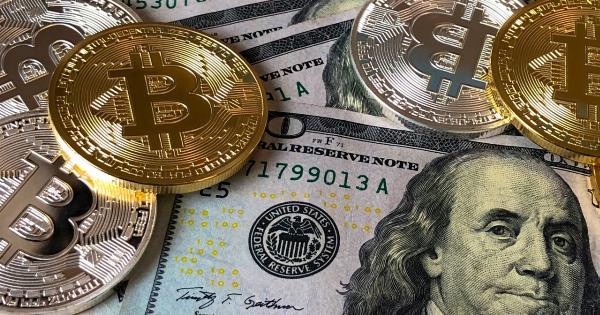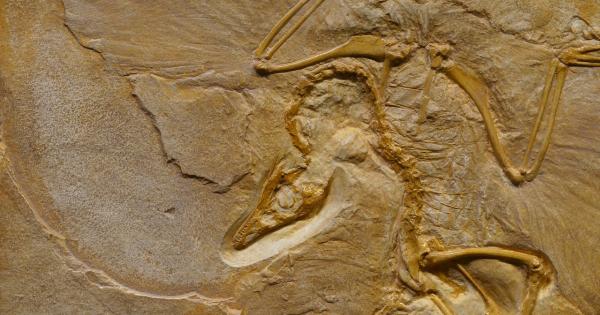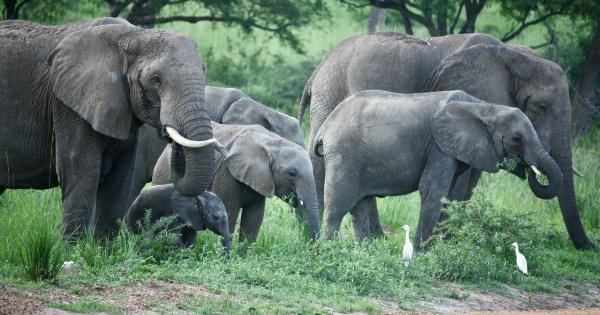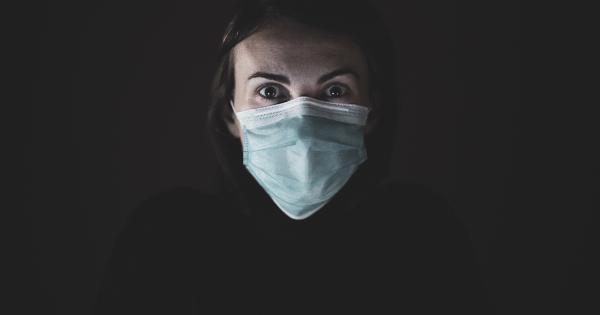Polio, also known as poliomyelitis, is a highly infectious and dangerous viral disease that can affect people of all ages but is most common in children under 5 years old.
The virus is transmitted through contaminated water and food, and it attacks the nervous system, causing paralysis and even death in some cases. In the 20th century, polio was one of the most feared diseases in the world, causing epidemics that paralyzed millions of people and killed thousands each year.
Thanks to a global vaccination campaign, polio was almost eradicated from the world, but now, there are concerns that the disease could make a comeback as a looming epidemic that could devastate the world.
What is Polio?
Polio is caused by the poliovirus, which enters the body through the mouth and multiplies in the throat and intestine.
About 95% of people infected with the virus will have no symptoms, but in some cases, the virus will invade the nervous system and cause paralysis. This can happen within hours or days after the initial infection, and the paralysis can be temporary or permanent. In severe cases, the disease can cause breathing problems and death.
The History of Polio
Polio has been known since ancient times, but it was not until the late 19th century that the disease was recognized as a distinct clinical entity.
Epidemics of polio became common in the United States and Europe in the early 20th century, with the most severe outbreaks occurring in the 1940s and 1950s. At its peak, polio infected over 350,000 people a year in the United States alone, and paralyzed or killed thousands each year.
The Development of the Polio Vaccine
In the 1950s and 1960s, researchers developed two polio vaccines: the inactivated polio vaccine (IPV) and the oral polio vaccine (OPV).
The IPV is made from killed poliovirus and can be injected into the muscle, while the OPV is made from live weakened poliovirus and can be given orally. Both vaccines are highly effective in preventing polio, but the OPV has the advantage of also providing herd immunity, which means that vaccinated people can also protect unvaccinated people by reducing the transmission of the virus.
The Global Polio Eradication Initiative
In 1988, the World Health Assembly launched the Global Polio Eradication Initiative (GPEI), a partnership between the World Health Organization (WHO), UNICEF, Rotary International, the U.S.
Centers for Disease Control and Prevention (CDC), and later the Bill and Melinda Gates Foundation. The goal of the GPEI was to eradicate polio from the world by the year 2000 through a comprehensive strategy that included vaccination campaigns, surveillance, and outbreak response.
The Progress of the GPEI
The GPEI has made remarkable progress in reducing the number of polio cases in the world. Since the initiative began, the number of polio cases has been reduced by over 99%, from an estimated 350,000 in 1988 to just 33 in 2018.
Currently, polio is endemic only in Afghanistan and Pakistan, and only three types of wild poliovirus are still in circulation (types 1, 2, and 3). Type 2 wild poliovirus was declared eradicated in 2015, and type 3 has not been detected since 2012. This means that the GPEI has eliminated two out of the three types of wild poliovirus from the world.
The Challenges of Polio Eradication
Despite the progress made by the GPEI, the eradication of polio still faces many challenges.
One of the biggest challenges is the difficulty of reaching the most vulnerable populations, especially in conflict-affected areas and areas with poor health infrastructure. In some parts of Afghanistan and Pakistan, for example, the Taliban has banned polio vaccination campaigns, and health workers have been attacked and killed for trying to vaccinate children.
In other areas, rumors and mistrust have led to vaccine hesitancy and refusals, which have allowed the virus to continue to spread.
The Threat of Vaccine-Derived Poliovirus
Another challenge for polio eradication is the emergence of vaccine-derived poliovirus (VDPV), which occurs when the live weakened virus in the OPV mutates and regains its virulence.
VDPV outbreaks have occurred in many countries, especially in areas with low vaccine coverage, and they can spread rapidly and cause paralysis and death like wild poliovirus. The GPEI has responded to VDPV outbreaks by using a different type of vaccine (the monovalent OPV) that targets the specific virus type causing the outbreak and by intensifying surveillance and outbreak response.
The Possible Resurgence of Polio
Despite the progress made by the GPEI, there are concerns that the disease could make a comeback as a looming epidemic that could devastate the world.
One reason for this is the persistence of poliovirus in the environment, which can survive for months in sewage and water. Even if all the cases of wild poliovirus are eliminated, the virus can still be reintroduced from environmental sources or from areas where the disease is still endemic.
The Impact of COVID-19 on Polio Eradication
The COVID-19 pandemic has also had a significant impact on the polio eradication efforts.
Many countries have suspended polio vaccination campaigns due to the fear of spreading COVID-19, and health workers and resources have been diverted to COVID-19 response. The GPEI has warned that the suspension of polio vaccination campaigns could lead to a resurgence of the disease, especially in countries with poor health infrastructure and high polio incidence.
The GPEI has adapted its strategies to continue polio vaccination campaigns during the pandemic, such as by providing personal protective equipment for health workers and implementing social distancing measures.
The Importance of Polio Vaccination
Despite the challenges and threats to polio eradication, vaccination remains the most effective way to prevent the disease.
The IPV and the OPV are safe and highly effective vaccines that have prevented millions of cases of polio and saved countless lives. The GPEI and its partners continue to work towards the eradication of polio, and they need the support of governments, organizations, and individuals around the world to achieve this goal.
By getting vaccinated and supporting vaccination campaigns, we can help to protect ourselves and others from the threat of polio.






























